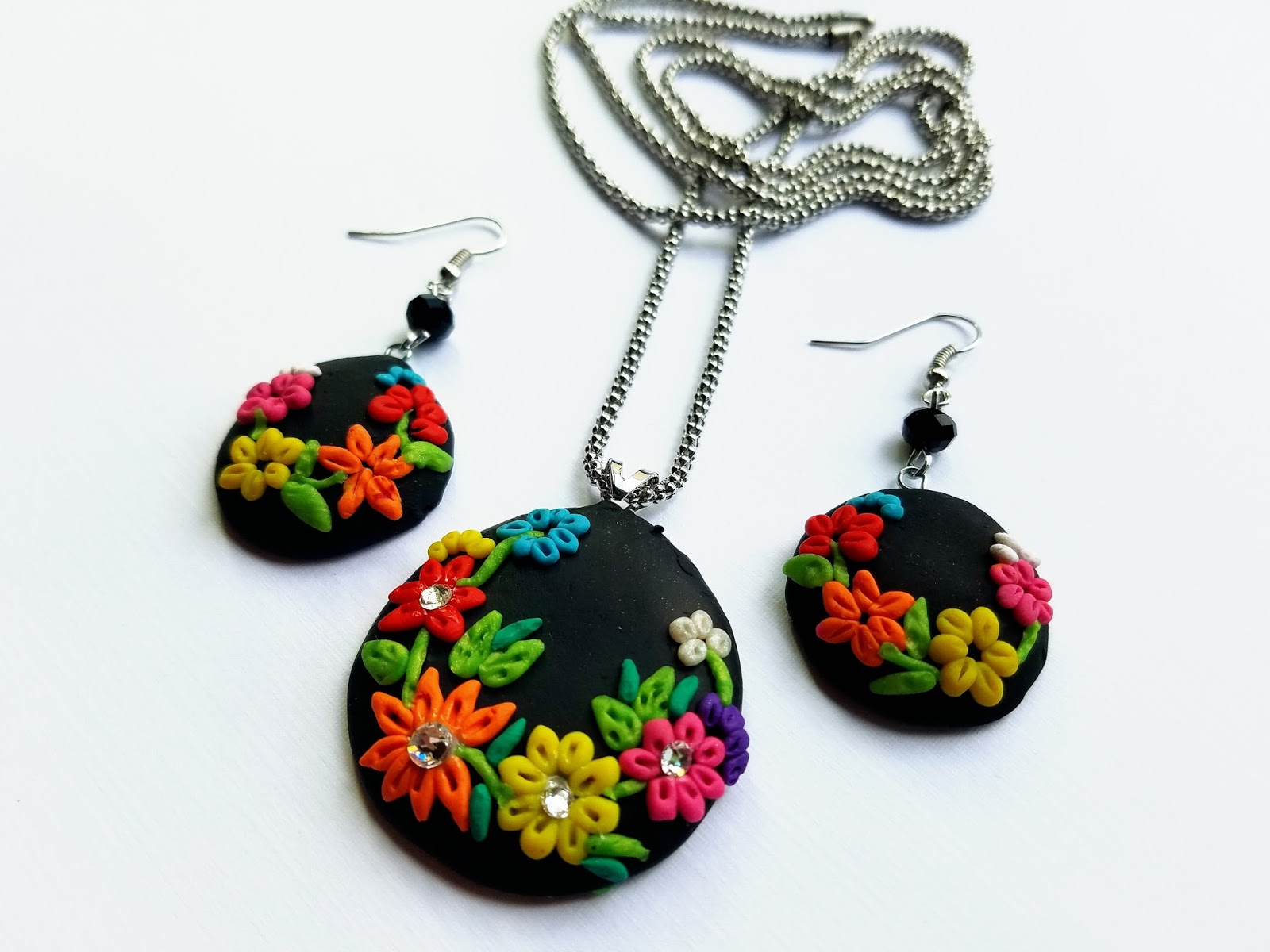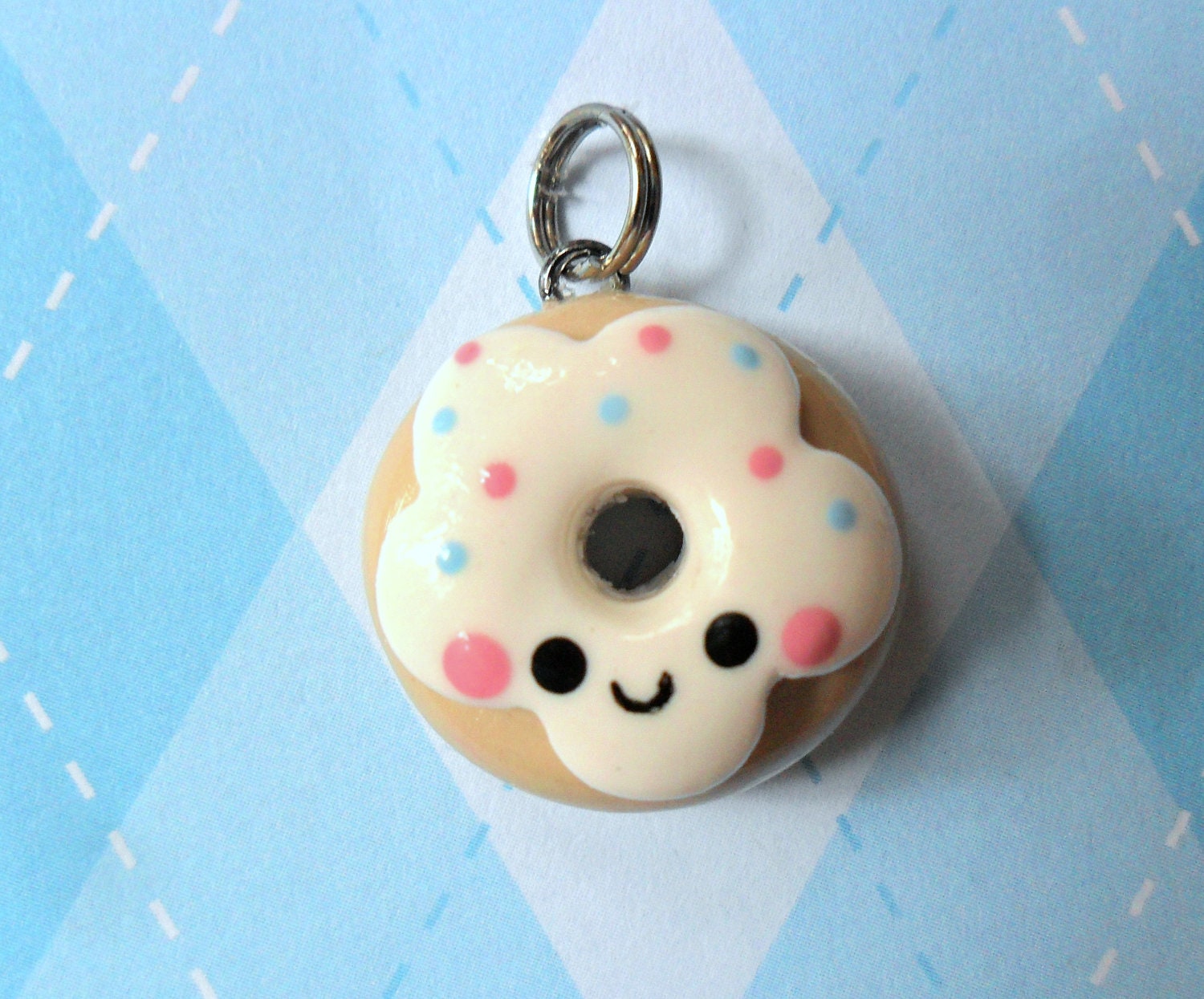

It dries much quicker than traditional air-dry clay. The sky’s the limit when it comes to what you can start with this bendable clay. In addition to making jewelry, some people use it to create picture frames, figurines, keychains, ornaments, and more. Most name brands recommend to bake the clay at 275 degrees F for about 30 minutes. You can bake it in your regular home oven since it’s non-toxic. It stays soft until baked in the oven. Liquid polymer clay, mica clays, glitter clays, and glow-in-the-dark clays are some other popular options. Today, many different companies sell polymer clay, and it’s even available in other varieties. Until that time, artists had to create their colored dyes for projects. Sculpey started selling colored clay in 1984. The company named it “Polyform,” known today as the popular polymer clay “Sculpey.” It didn’t work as they’d hoped, but the owner’s daughter suggested using it as an arts and crafts medium. In the 1960s, Zenith Products Company accidentally made a polymer clay while working on thermal transfer compounds. Others in the US also began to create their versions of polymer clay. In 1975, the family started importing the clay into the US, and companies jumped on the bandwagon also. An immigrant family from Germany received the Fimo brand clay as a Christmas present from their grandmother, still living in Germany. The clay didn’t appear in the US until the 1970s. They named it Fimo, and toy stores across Europe started carrying the polymer clay. About 30 years later, in 1964, she sold her formula to manufacturer Eberhard Faber. So, she decided to make her materials, creating a plastic clay she called “Fifi Mosaik.” She had trouble finding her standard supplies due to political uprisings at the time.  It was first discovered in Germany by doll maker Fifi Rehbinder. While it’s a relatively new arts and crafts medium, the pliable clay has grown in popularity worldwide. Polymer clay didn’t make its debut in the world until the late 1930s.
It was first discovered in Germany by doll maker Fifi Rehbinder. While it’s a relatively new arts and crafts medium, the pliable clay has grown in popularity worldwide. Polymer clay didn’t make its debut in the world until the late 1930s. 
Regardless, we give our promise that we only recommend products or services we would use personally and believe will add values to our readers.ADVERTISEMENT The history and background of polymer clay Have you ever made charm necklaces before?ĭisclosure: Some of the links in the post above are “affiliate links.” This means if you click on the link and purchase the item, we will receive a small affiliate commission. These clay charms were so simple and easy to make and would be thoughtful handmade gifts your child can make for others or for herself. We also decided to use crayons on two of the charms which was my daughter’s idea (purple monogram and red heart) which turned out nicely. It’s best to first put the metallic paint on the letters, rub them off and then paint over. Once the charms have cooled, paint them and rub off excess paint with a paper towel to give them that slightly vintage look. Make sure to also make a hole at the top of each charm before baking to thread the twine through – we used a bamboo skewer.īake per the manufacturer’s instructions on the clay packaging.ģ.
#Clay charmas free
We free formed shapes and then stamped monograms, initals and words onto the clay. We had various colored clays but decided to only use white for a clean finish.Ģ. Lay out your supplies and soften the clay with your hands. Letter stamping set (I happen to have one already but you can get some like these)ġ. I happen to have some glitter paints on hand but whatever you have is fine although I would suggest a gold metallic one to fill in the letters.ĥ.

Using twine, these made cute and easy charm necklaces which you can customize with any words or letters.ġ. We decided to try making mongram and word charms out of them. I’m a huge fan of oven bake clay and my daughter and I have had tons of fun creating cool things with it such as these clay charm hair accessories.








 0 kommentar(er)
0 kommentar(er)
